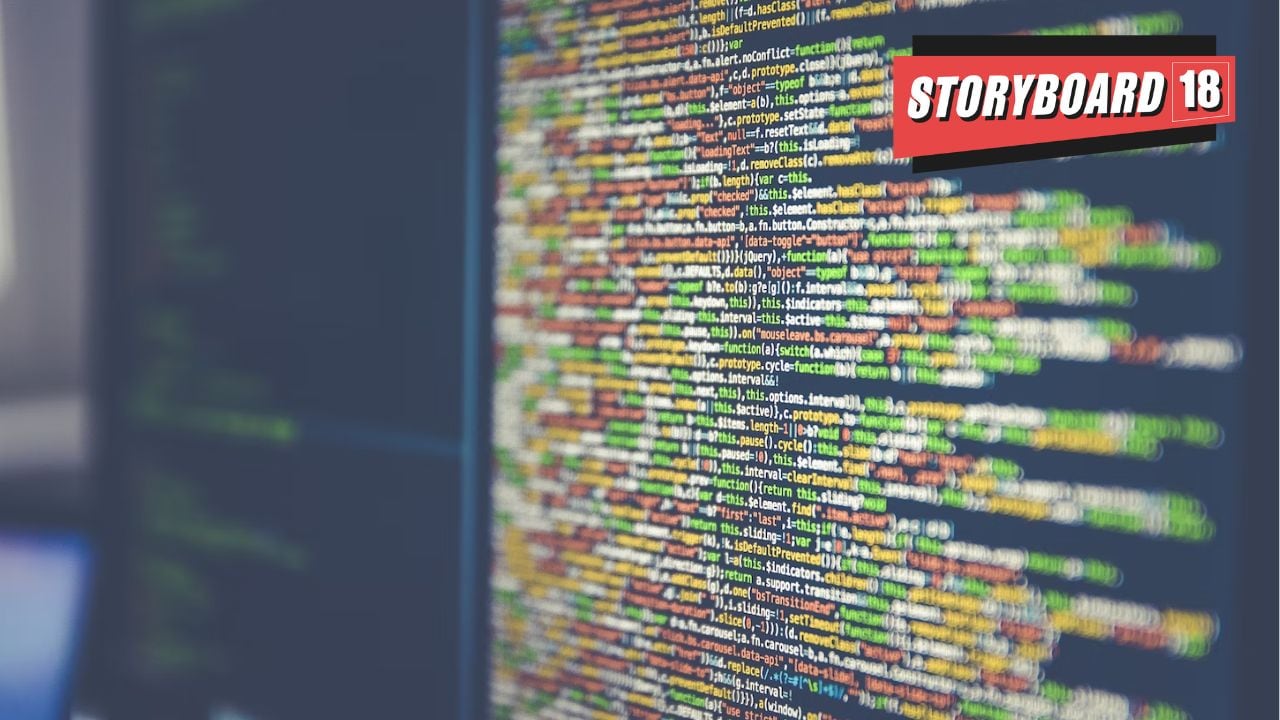It was very interesting, this last week for the advertising industry. There were quite a few significant developments. For starters, ANA released the programmatic transparency report finally. Twenty-one marketers and twelve supply chain companies participated in the study revealing that only 36 cents of every dollar that enters a DSP effectively reaches the consumer.
On a different note, Google temporarily started allowing brands to opt out of placing their ads on Search Partner Networks for all campaign types, including Pmax and App Campaigns. In the meanwhile, the CEO of a leading social media platform wanted one of the advertiser who boycotted his platform to be fired. And last but not the least, Meta said last Wednesday that end-to-end encryption would now be the default setting for messages and calls Messenger and Facebook, tow of the most widely used applications on the internet.
From accountability to transparency to privacy, digital advertising is going through one of the perfect storms in the recent times. And it is not small numbers anymore. India’s digital ad spending is expected to hit $21 billion in the next five years and as per Redseer’s recent report, besides big brands, SMBs are expected to account for 40 per cent of India’s overall digital ad expenditure by 2028.
Most of these SMBs will be first time digital advertisers and they will have be completely at sea with all these changes, ambiguities and challenges with the digital advertising ecosystem. Just the 15 percent of the incremental growth in digital advertising is close to 1 Bn dollars in size. A very attractive market opportunity.
Let us slice and dice these numbers with some more details. India’s digital adspend today is around 4 Bn USD out of which Google and Meta take away nearly 80 percent leaving 800 Mn USD for, what is called as the Open Web. Assuming that Google and Meta was not part of the ANA study and we restrict the impact of ANA study to the open web this essentially means that close to 500Mn USD was spent on technology to spend 300 Mn USD on advertising.
And now if we assume that the status quo remains for the next five years, the industry will be spending close to 2.5 Bn on technology to advertise 1.5 Bn. The cost of reaching media will simply not be affordable and more so with the first time digital advertisers from the small and medium businesses. And their first reaction will be to jettison the open web and go back to the walled gardens.
So what does it take to save the open web, if at all there is an intent for the same? It is important to dig deep and break down the various components that goes towards the cost of advertising. For starters, the report establishes that close to 10 percent goes towards buying data. And the platforms charge nearly 25 percent to run the advertising. Despite spending this 35 percent on the platform and data, nearly 15 percent of the advertising is not measure while an additional 10 percent is not viewed at all, not to ignore an additional 10 percent goes towards websites that are made only for advertisers with no real viewers visiting these destinations.
Spending 35 percent on a platform that has only 65 percent productivity is unheard of in any other industry. This is exactly the reason, ad monies are stacked up with the walled gardens. Despite their own challenges, walled gardens at the least ensure that the productivity is delivered and their data is used in a privacy compliant manner. They can subsidise the platform cost for additional features and they have a business model that is working.
ANA called out a set of key supply chain intermediaries who decided not to participate and there were quite a few significant names in that. ANA also highlighted that the key findings are representative of the broader programmatic ecosystem. For the Open Web to survive, the cost of advertising needs to improve very very significantly. Platforms need to take much more accountability in ensuring that all the ads they serve are viewed, measured and delivered on genuine websites that are not just made for advertisers. We cannot afford to charge 2 dollars to spend a dollar on advertising. There is a huge opportunity for these platform to capture the growing small and medium business advertisers, but this will be total missed if an efficient alternative is not offered. At the current pricing model, SMBs are likely to flock towards the walled gardens, thereby triggered a quick and imminent death of the open internet.
